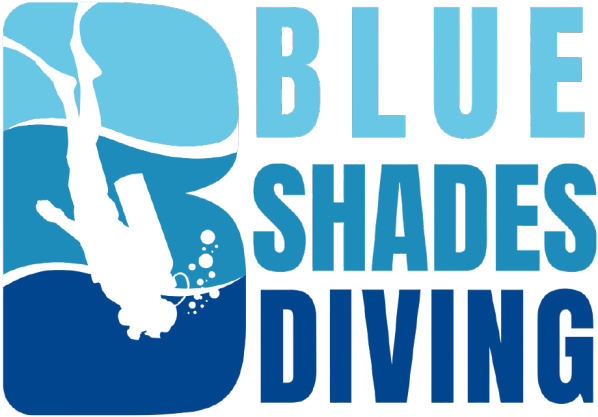Wreck Diving at Abu Nuhas Reef – The “Ship Graveyard” of the Red Sea
Located in the Shadwan Channel north of Hurghada, Abu Nuhas Reef is famous ~ or infamous ~ for its many shipwrecks. This shallow reef, hidden just below the surface, has claimed more vessels over time than any other spot in the Red Sea. Today, five impressive cargo shipwrecks lie scattered along their northern slopes – a true paradise for wreck divers.
Giannis D
The Giannis D, a 100-meter Greek cargo ship, struck the reef at full speed on April 19, 1983. Loaded with timber, the vessel sank to a depth of 24 meters. The bow and stern are still well-preserved, while the midsection has collapsed. A favorite feature is the engine room at 13 meters, ideal for easy penetration diving through swarms of glassfish. Octopuses, giant moray eels, scorpionfish, and nudibranchs are also frequently spotted here. The upright main mast is perfect for a safety stop at 4 meters.
Carnatic
One of the oldest wrecks in the Red Sea and a diver favorite, the Carnatic was a British mail and cargo steamer that struck the reef on September 12, 1869. It was carrying gold, wine, and cotton on its voyage to India. Initially resting on the reef, the ship broke in two and sank to 24 meters after 36 hours. While most passengers were rescued, 31 lives were lost during cold nights on nearby Shadwan Island. The gold was later fully recovered.
Today, the 90-meter-long wreck lies on its port side and is in remarkably good condition. The decayed wooden decks reveal iron ribs – an eerie sight reminiscent of a prehistoric whale skeleton. Covered in soft corals and hydroids, the wreck is home to glassfish, sweepers, batfish, and colorful nudibranchs like Chromodoris quadricolor and Phyllidiella pustulosa. Caution is advised around the many old glass bottles scattered on the seabed.
Chrisoula K
Also known as the “Tile Wreck,” the Chrisoula K was a 98-meter Greek freighter that sank on August 31, 1981, carrying a cargo of floor tiles. The bow lies in just 3 meters of water, while the stern and propeller reach down to 26 meters. The wreck stands upright, though the stern is beginning to separate. Divers will find multiple passageways and rooms ideal for penetration dives — but watch out for fallen beams and support. The superstructure is now encrusted with hard corals and inhabited by lionfish, flatworms, Picasso triggerfish, and clown wrasse. With a bit of luck, even dolphins may make an appearance.
Kimon M
Kimon M is the deepest of the four easily accessible wrecks at Abu Nuhas. This 120-meter German freighter sank on December 12, 1978, while carrying a cargo of lentils. Initially resting upright on the reef, currents and wind eventually pushed the wreck into deeper waters. Today, the stern lies at 32 meters and the bow at 15 meters. Much of the cargo and machinery were salvaged after the accident. The wreck is now home to several species of pipefish—a macro photography highlights.
Sea Star (Not Diveable)
The Sea Star is the fifth wreck at Abu Nuhas, lying at a depth of 90 meters. Due to its extreme depth, it is only accessible to technical divers.
Conclusion: A Must-Visit for Wreck Diving Enthusiasts
Abu Nuhas Reef offers spectacular wreck dives for both novice and experienced divers. With well-preserved structures, thrilling swim-throughs, and abundant marine life, it’s one of the top wreck diving destinations in the Red Sea. Whether you’re drawn by history, adventure, or underwater photography – there’s something here for everyone!
